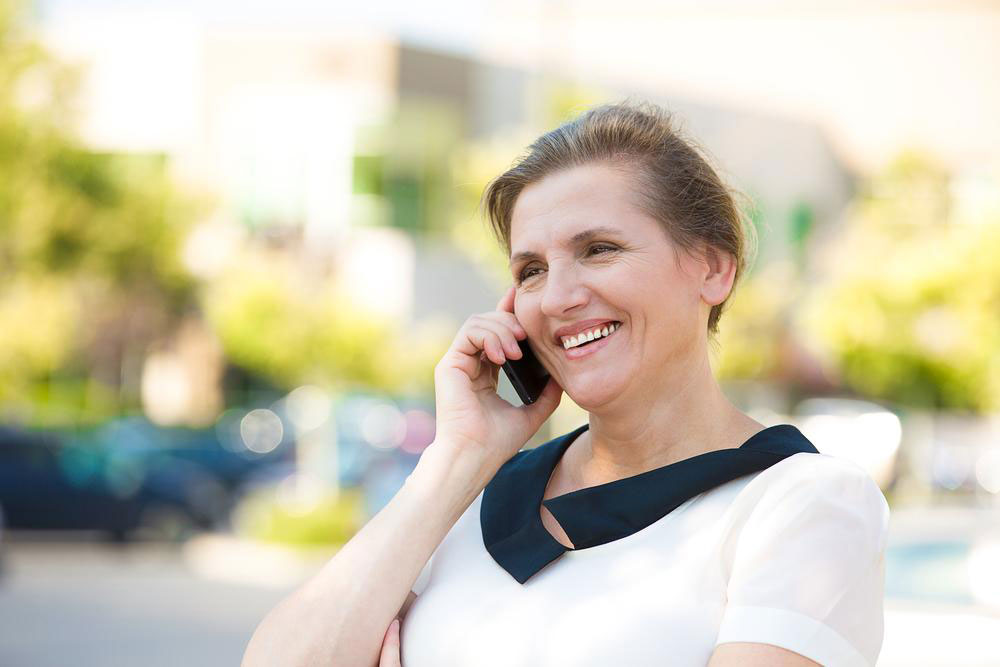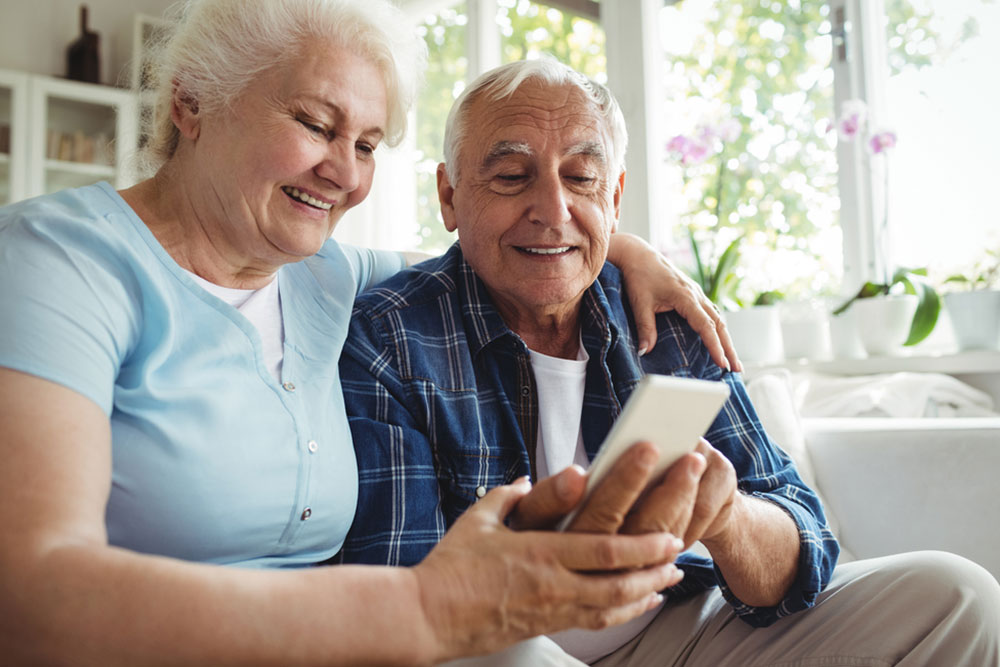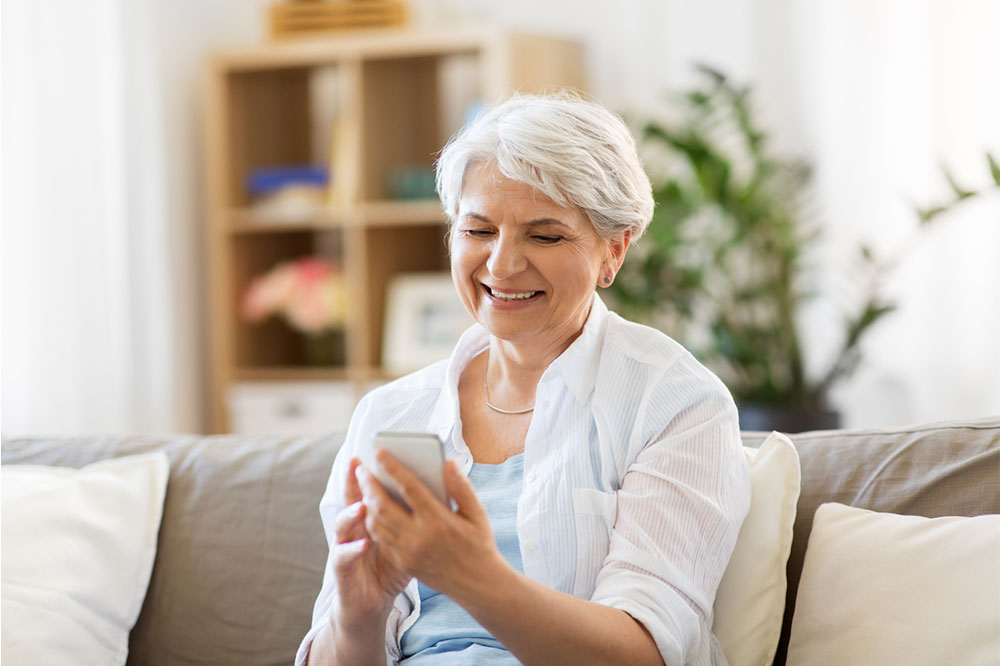Comprehensive Guide to Free Cell Phone Programs for Senior Citizens
This detailed guide explores the top free cell phone providers for seniors, emphasizing eligibility, benefits, and how elderly residents can access essential communication devices. It highlights the importance of digital connectivity for safety, independence, and social engagement among seniors, offering practical insights into programs like Safelink Wireless and enTouch Wireless. Designed to help seniors stay connected easily and affordably, these programs play a vital role in improving quality of life and ensuring access to emergency services. Perfect for seniors and caregivers seeking affordable communication options.

Comprehensive Guide to Free Cell Phone Programs for Senior Citizens
In today’s digital age, staying connected through mobile devices has become essential for everyone, especially for seniors. A reliable cell phone not only facilitates communication with loved ones but also provides a vital lifeline during emergencies. Recognizing the importance of digital connectivity for older adults, numerous organizations and government programs offer free cell phones tailored specifically for elderly residents. This comprehensive guide explores the top providers offering complimentary cell phones for seniors, explaining eligibility requirements, the benefits of these programs, and how seniors can access these services to improve their quality of life.
For many seniors, especially those living in rural areas or on a limited income, owning a mobile device can significantly enhance their safety and independence. These devices serve as essential tools for maintaining social connections, accessing emergency assistance, and managing daily tasks. Despite their importance, not all seniors can afford smartphones or basic cell phones, making free programs a critical resource that bridges this gap. By offering free or discounted devices, these programs ensure that seniors remain connected, reducing isolation and promoting overall well-being.
Most free cell phone programs require straightforward eligibility criteria, often centered around income levels and participation in specific federal assistance programs. Common qualifying programs include the Supplemental Nutrition Assistance Program (SNAP), Low-Income Home Energy Assistance Program (LIHEAP), and Supplemental Security Income (SSI). Proof of age and income below preset thresholds is typically sufficient to enroll. Once qualified, seniors can receive a device that supports one of the most critical aspects of digital inclusion: communication.
Let’s take a closer look at some of the leading providers of free cell phone services for seniors, highlighting their offerings, special features, and how to enroll:
Safelink Wireless
Safelink is a well-known provider supported by federal government initiatives, making it a reliable choice for seniors seeking free cell phones. Eligible seniors receive a device that comes with 250 minutes of free talk time each month—enough to maintain regular contact with family, friends, and emergency services. Additional minutes and text messages can be purchased at low rates—around $5 for 750 extra minutes or $20 for 1000 texts—providing flexibility without burdening the user's budget. Safelink’s services are designed for easy use, with straightforward activation processes and accessible customer support. This program is ideal for seniors who need a dependable, affordable way to stay connected without the worry of high monthly costs.
enTouch Wireless
enTouch Wireless offers specialized services tailored for seniors with specific needs, including those with hearing impairments. Their devices come equipped with features designed to enhance accessibility, such as hearing aid compatibility, large display screens, and simplified interfaces. They strive to provide accessible communication options that accommodate physical or sensory challenges, ensuring all seniors can enjoy the benefits of modern mobile communication. The program also offers free monthly minutes, texts, and data, making it an excellent choice for seniors who require both affordability and accessibility. To qualify, seniors typically need to participate in federal assistance programs similar to those qualifying for Safelink Wireless.
Other organizations and telecom providers also participate in federal programs designed to promote digital inclusion among seniors. The process for obtaining a free cell phone generally involves filling out an application, providing proof of income and age, and choosing a suitable device plan based on individual needs. Once accepted, seniors receive their device by mail or through designated community centers, with ongoing support available through customer service channels.
In addition to emergency and basic communication features, many free cell phones now come with additional functionalities such as GPS tracking, emergency call buttons, and simplified menus to enhance user experience. These features can be vital in preventing accidents and ensuring prompt assistance during emergencies. Moreover, staying connected electronically helps seniors combat loneliness, promotes mental health, and keeps them engaged with their communities.
It’s also worth noting that as technology advances, more innovative solutions are emerging to assist seniors—ranging from senior-friendly smartphones to voice-activated devices that further simplify communication. The goal of these programs and technological innovations is to foster inclusivity, enabling older adults to enjoy the benefits of digital connectivity without financial barriers.
In conclusion, free cell phone programs designed for seniors play a crucial role in enhancing their independence, safety, and social inclusion. By understanding eligibility requirements and exploring available providers like Safelink Wireless and enTouch Wireless, elderly residents can access affordable communication tools that meet their needs. Staying connected is not just about convenience; it’s a vital component of senior well-being, ensuring they remain active participants in their communities and have access to immediate help when needed.




